Benjamin Zidarich really digs the land around Trieste, Italy.
In fact, he’s dug down five stories.
(Note: this long and photo-filled essay will not fit in the email, so please click through to the website to enjoy the whole thing.)
Thank you for being here! I appreciate you stopping by, and I hope you enjoy the words (few) and pictures (more) of this fabulous winery.
We visited Zidarich Winery on a sunny day in January, and saw where the vines grow in red clay soil and the terroir is important not only to the grapes but to the winery and cellar, which is carved 20m (65 feet) into the limestone that lives under the clay. Created by eight years of digging and carving, the five-story, 1,200 m2 cellar houses the entirety of the winemaking process, using only natural temperature and humidity for aging, bottling, and storage.
The resulting wines — made from local varieties Benjamin planted when he was 20 years old (he replaced all his father’s grapes) — are made without chemicals, using old techniques like natural fermentation in open, stone vats, to fully communicate every aspect of the land in liquid form.
From the Zidarich Winery you can see Croatia, Slovenia, and the Mediterranean Sea, and the vineyards down the hill.
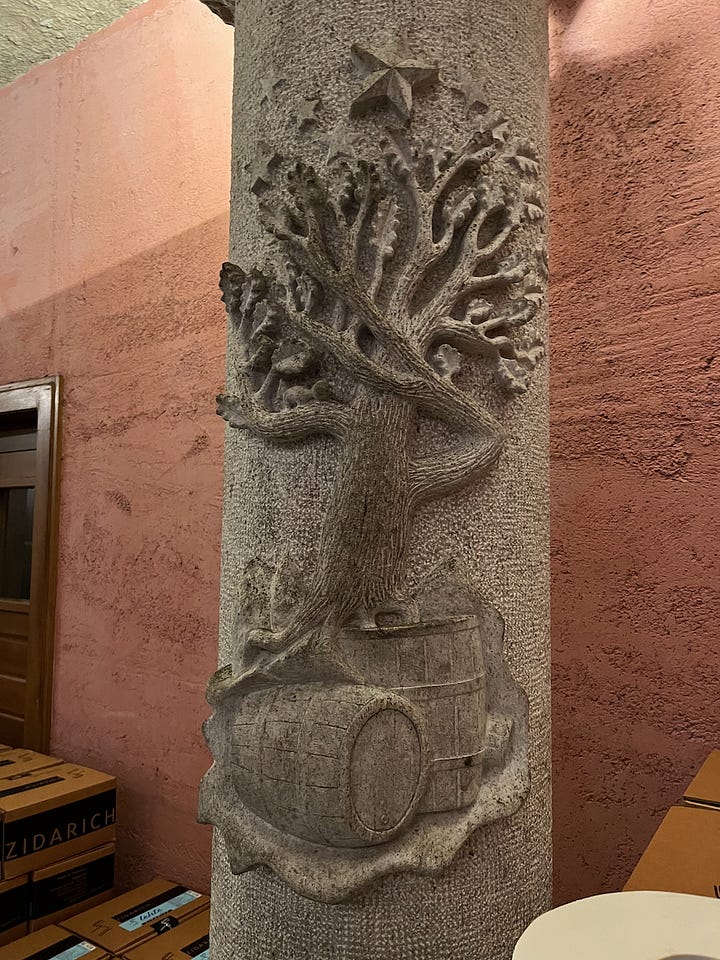
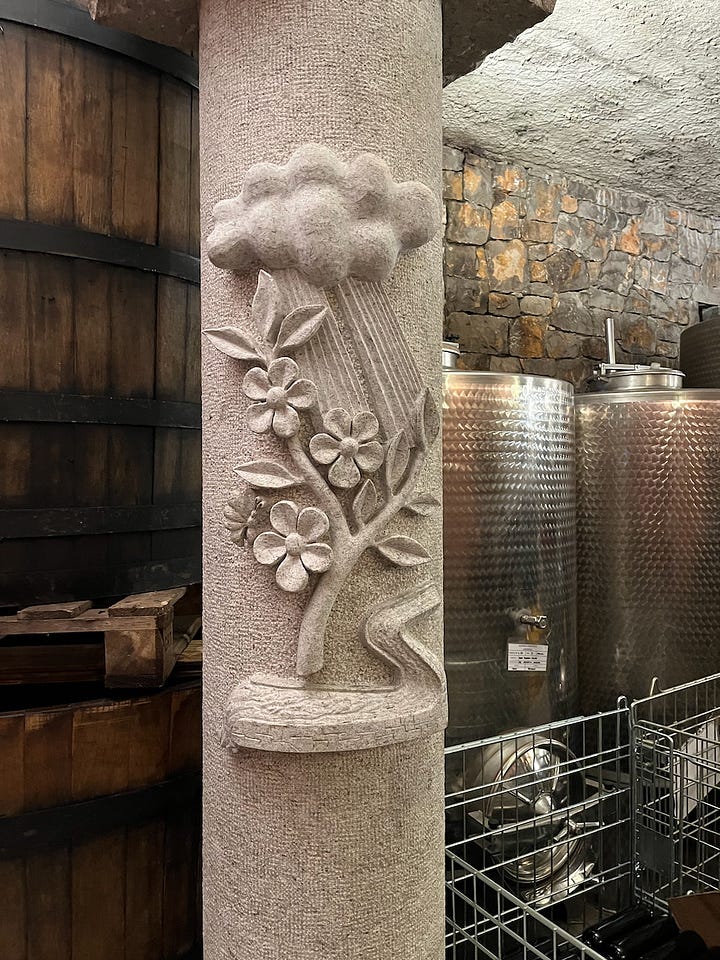
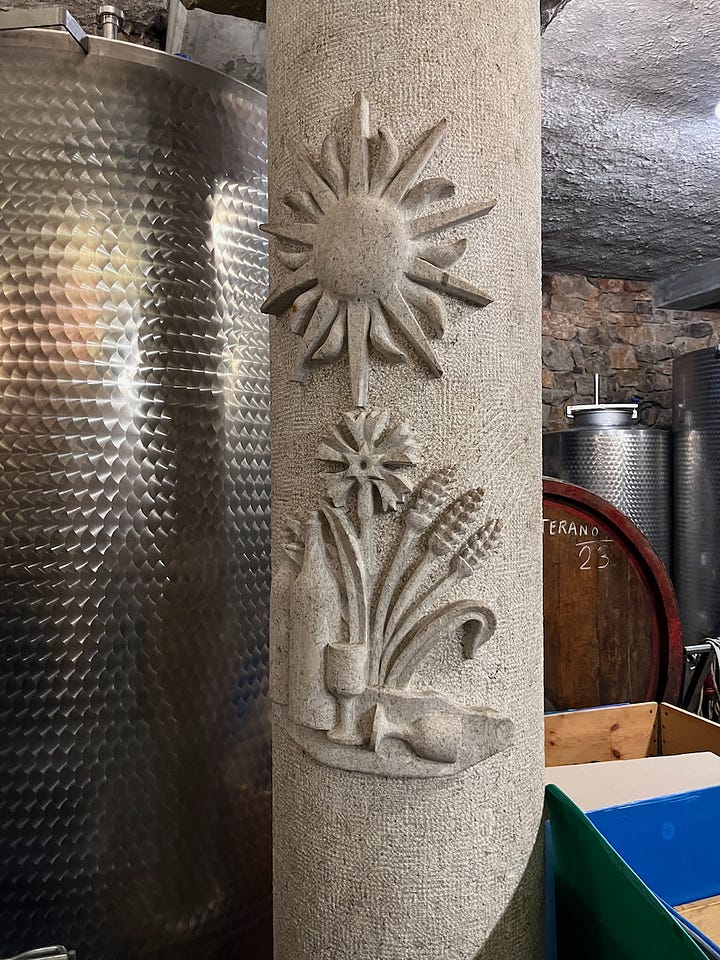
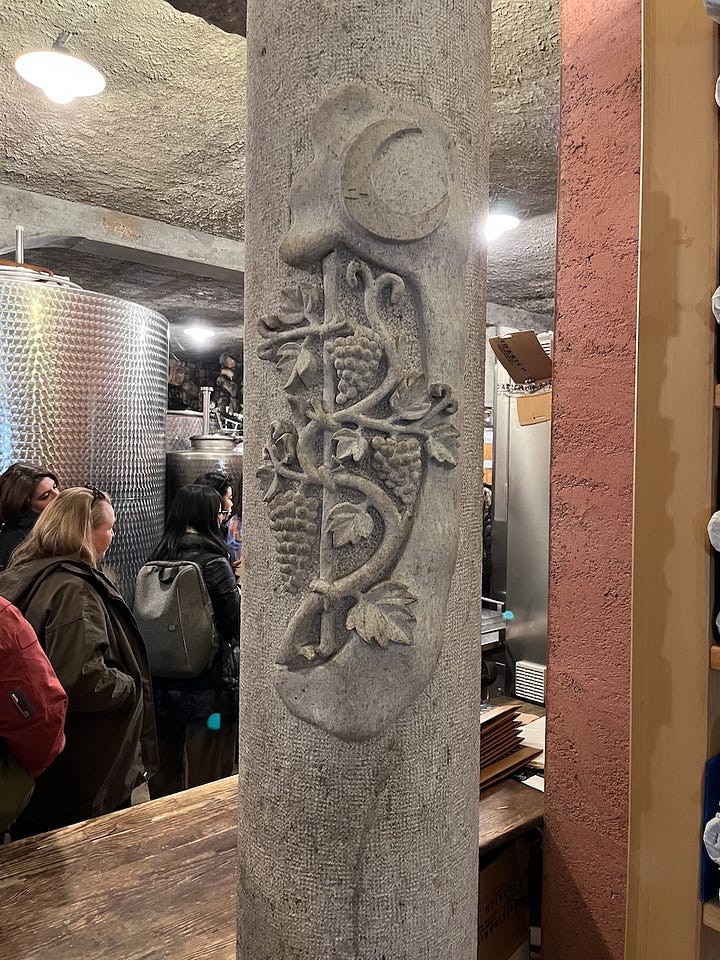
All the stonework in the Zidarich cellar comes from what was dug out of it, including these columns, depicting the four seasons.
This was once solid limestone. Note the new stone vat being prepared for use in the lower left.
“We do all this for the wine to be comfortable,” Benjamin told us.
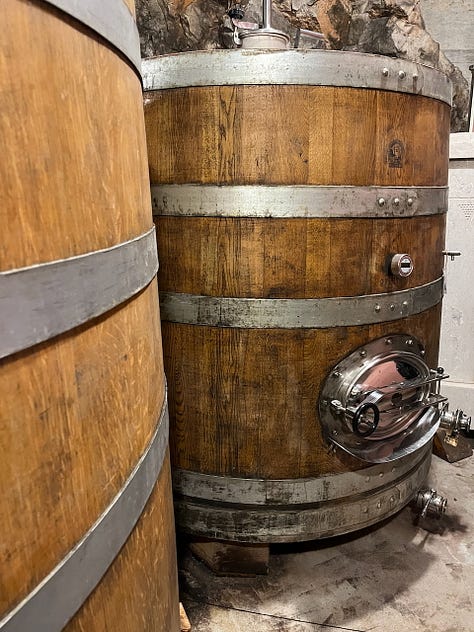
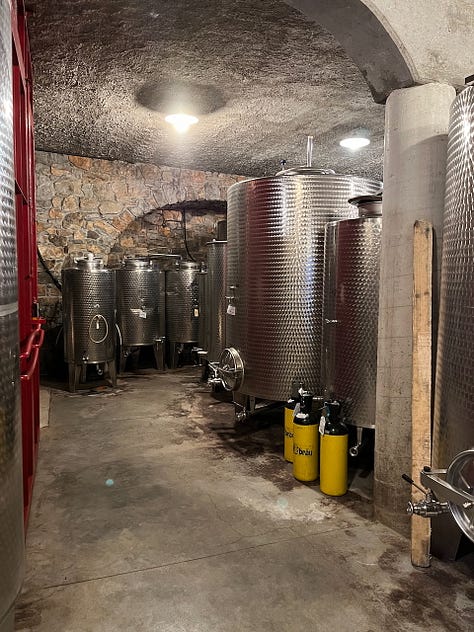
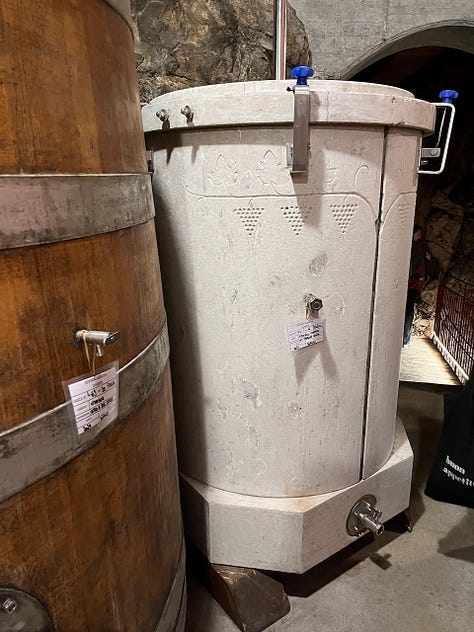
Benjamin uses wood, stainless steel, and stone vats to ferment the wine, sometimes as long as four months. Check out the details carved into the custom-made stone vat on the right — it’s not simply functional, but expressive as well, like the columns shown above.
New stone vats will ferment outside “to see the moon and stars.”
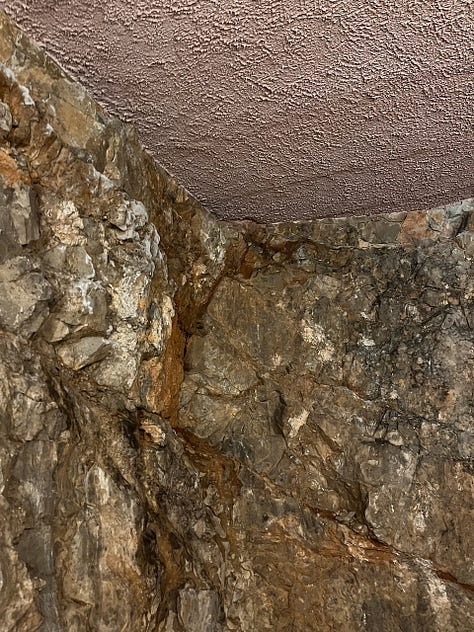
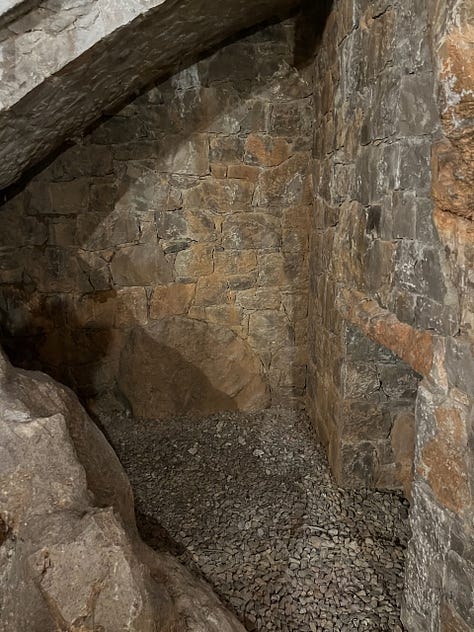
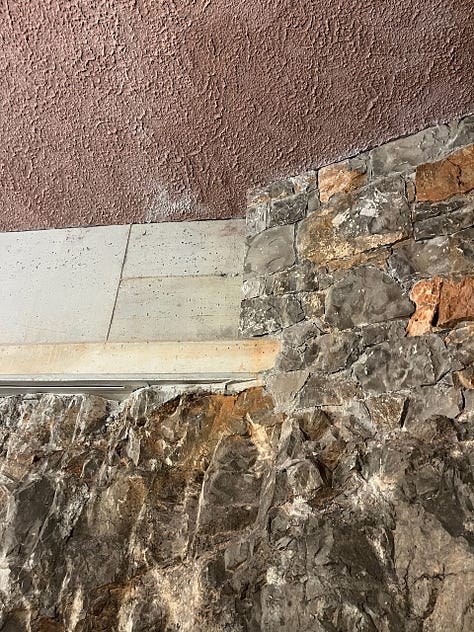

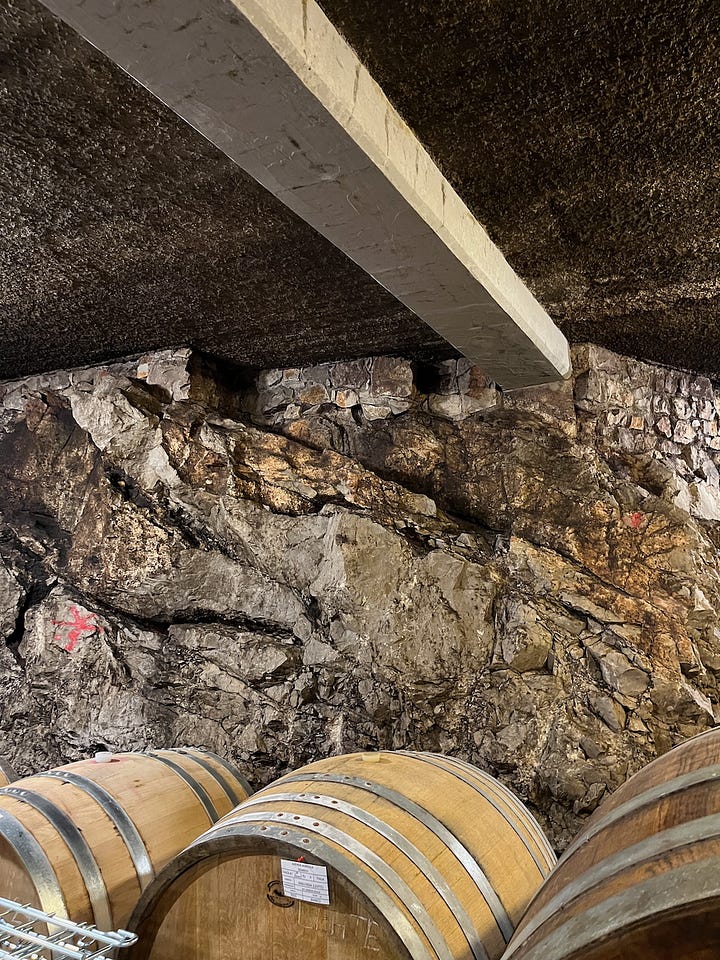
Once more, to be clear: all the stone walls, supports, and flooring you can see is made from rocks dug from this cavern.
The artwork in the cellar shows the “simplicity” of the winemaking process: the soil, water, sea, sun. That’s all you need.
We did not go down to the fifth level, which is deep but still not deep enough to awaken the shadow and flame.
After the tour, we enjoyed a lunch of meats, cheeses, and breads — and, of course, wine — all from local producers and farms.
As you can see, Zidarich has a unique approach and style. Some might have just built a structure to age the wines, and now dug out the stone cellar. Some might have simply used concrete supports and not carved stone taken from the excavation. Some might use modern techniques to make the wine more efficiently, and cost-effectively.
Not Benjamin. Not in the Karst, this limestone topology in a narrow strip of northeast Italy. From the winery website:
The Karst is my land
It represents my way of being and thinking
The Karst is life and work
I believe in the tradition and vocation of my land
I produce wines, according to the customs of the past
###

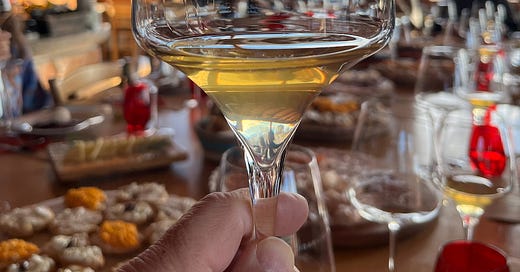




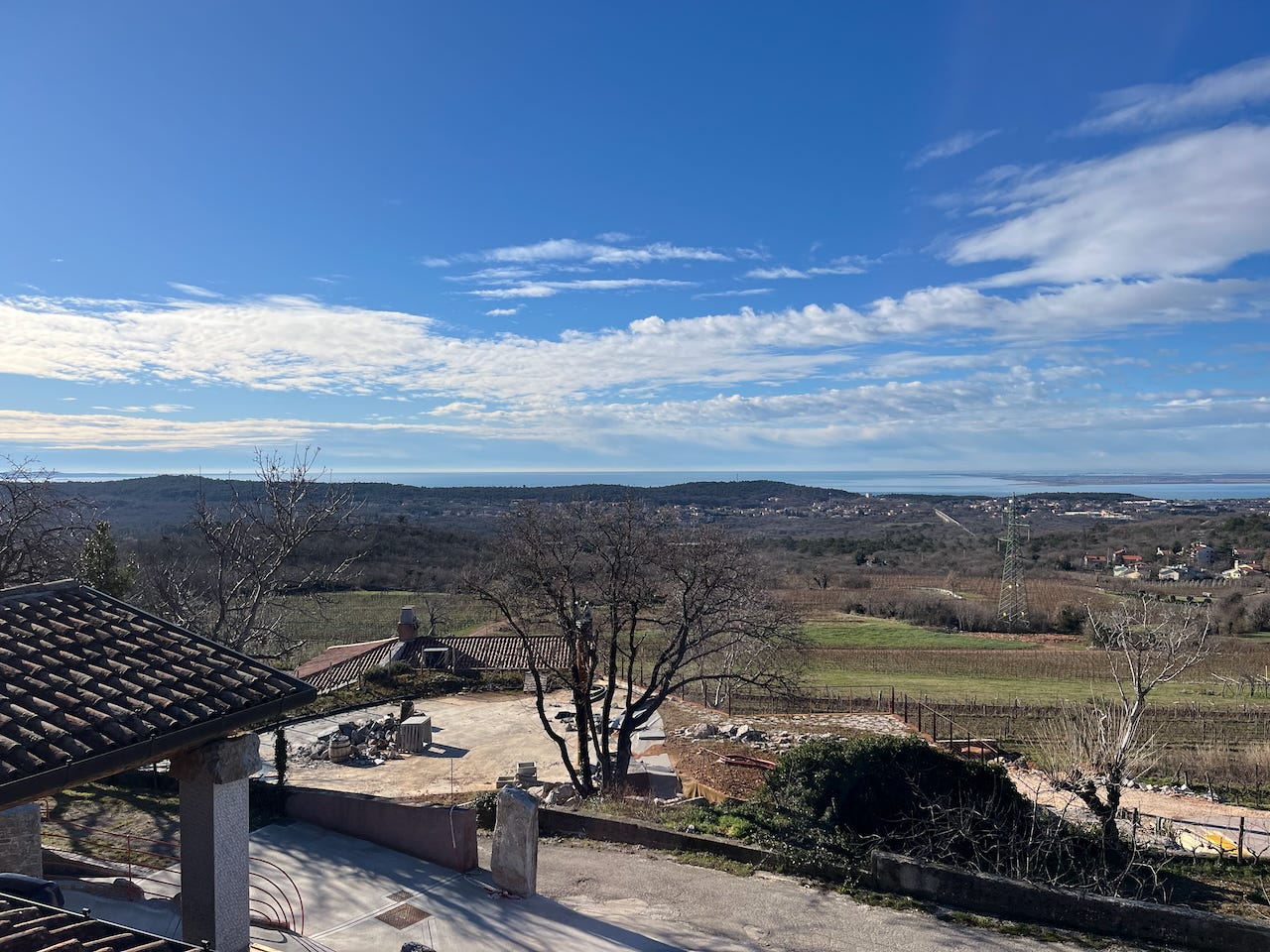
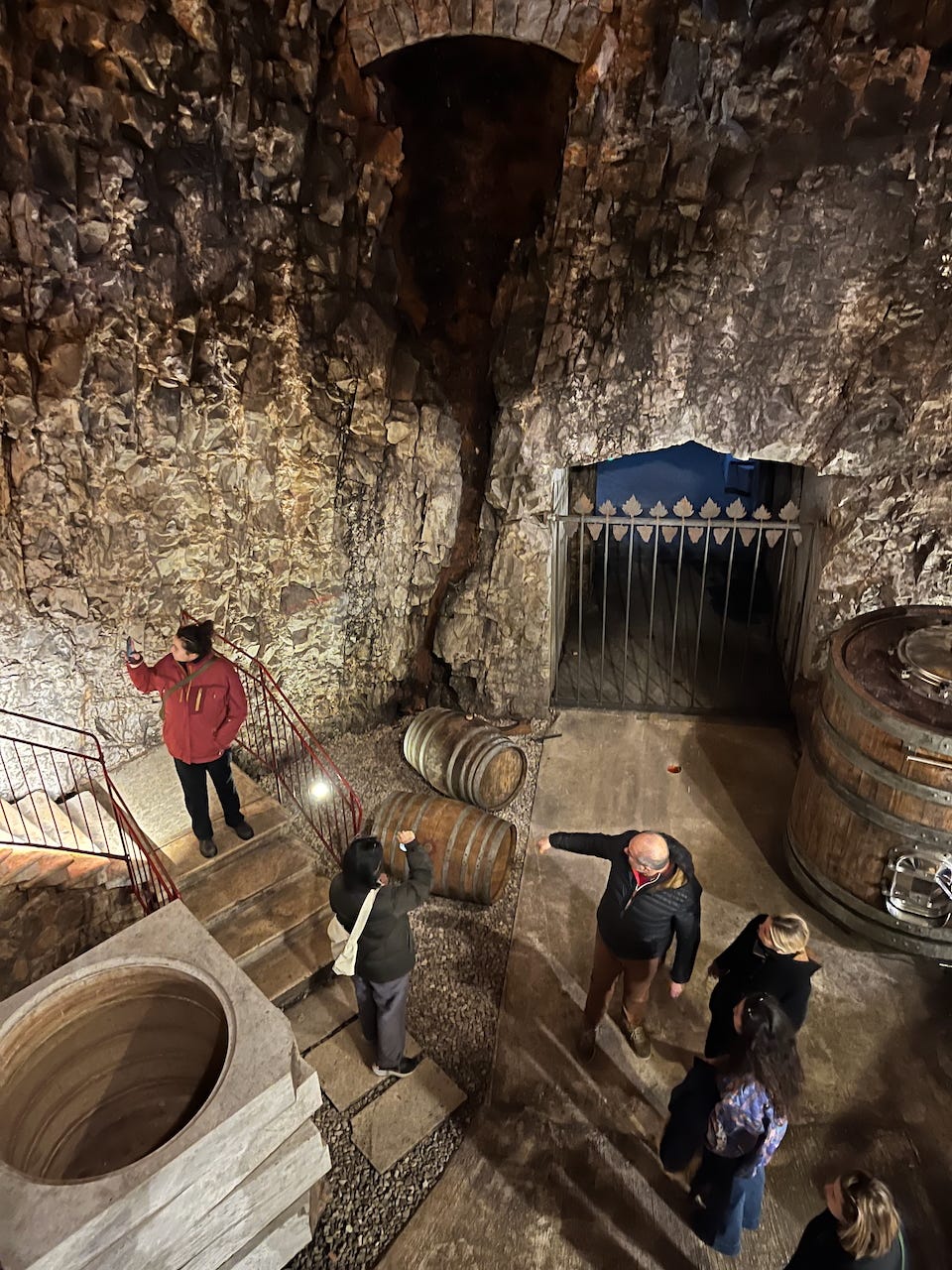

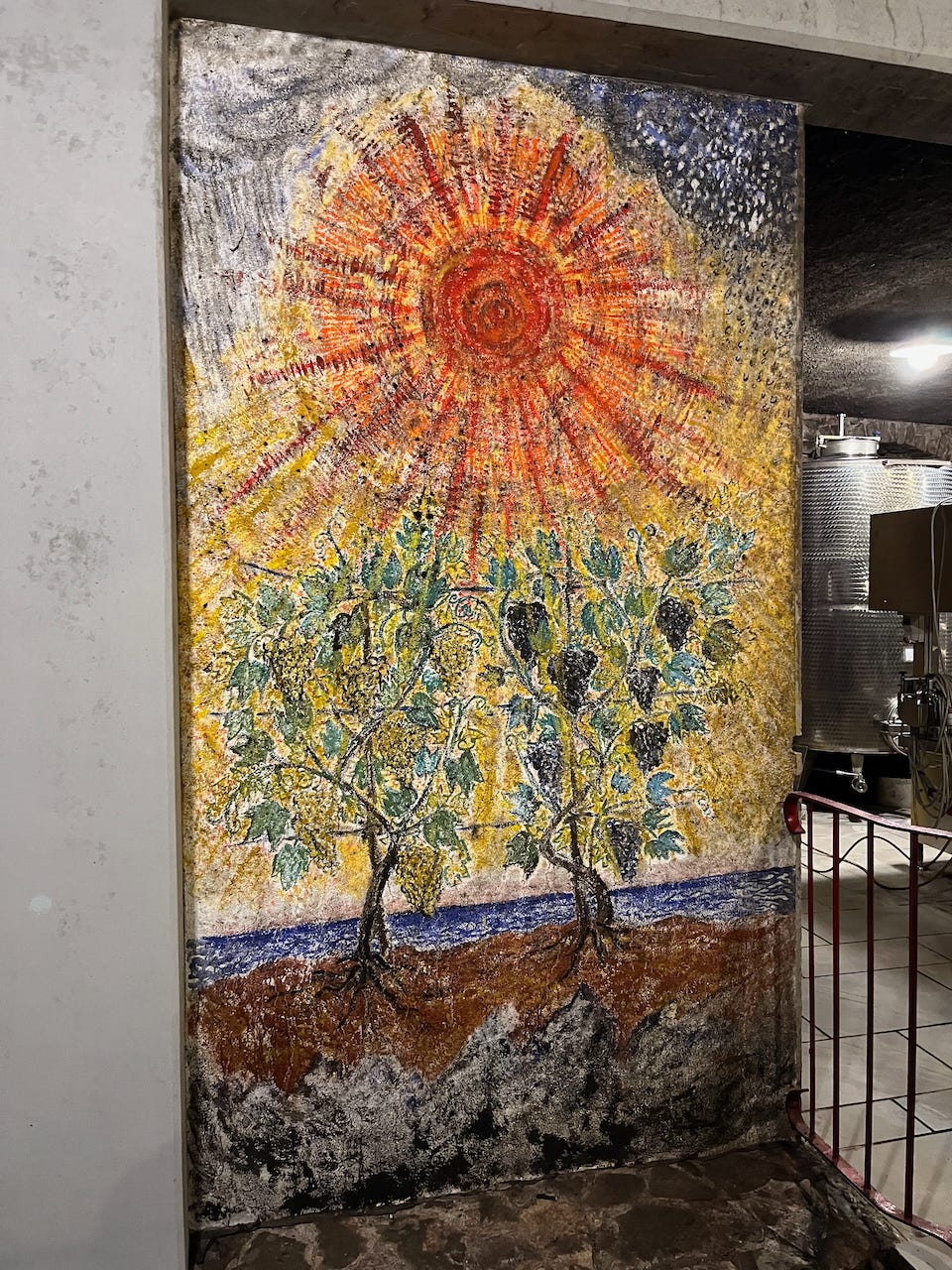
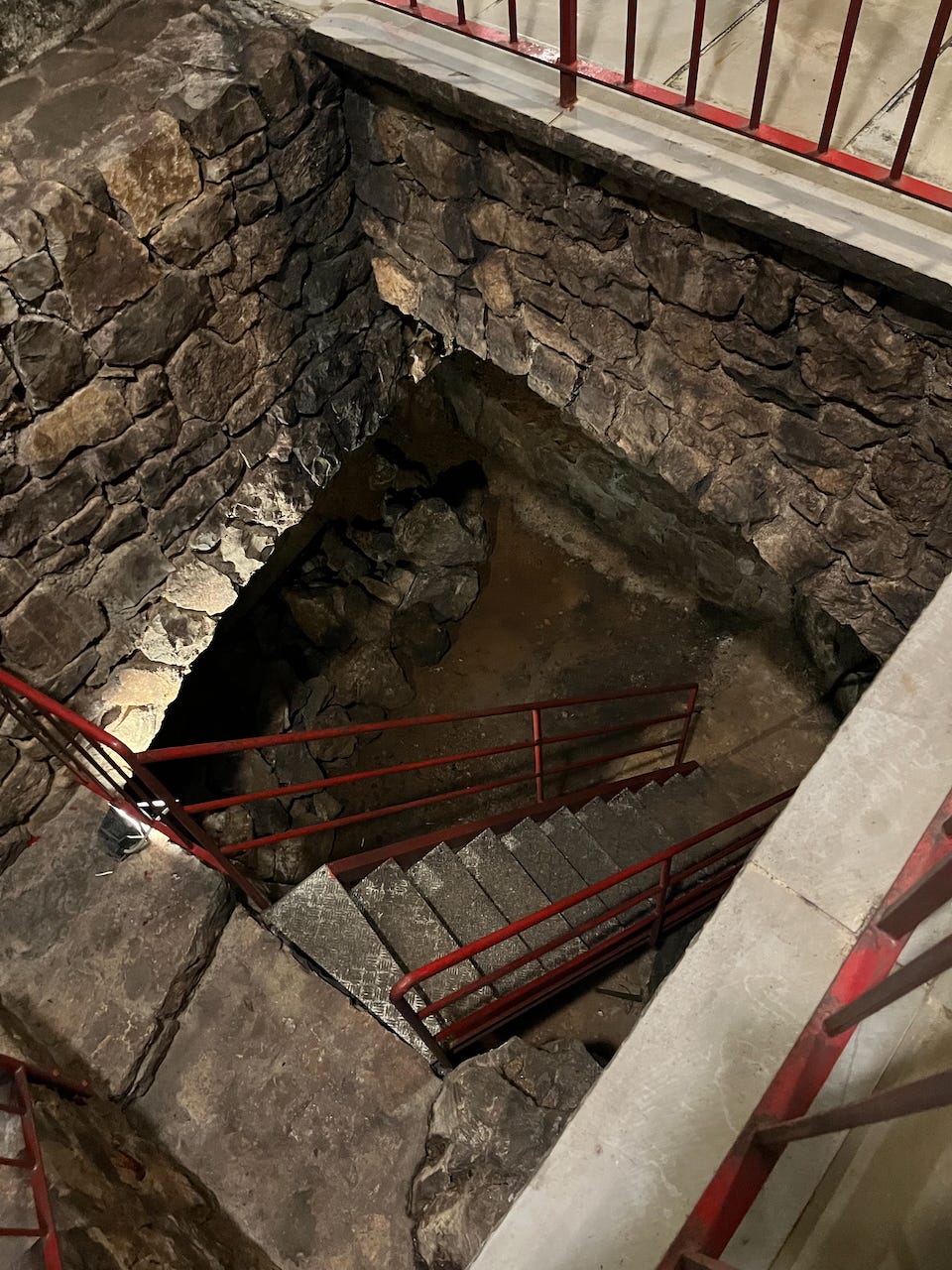
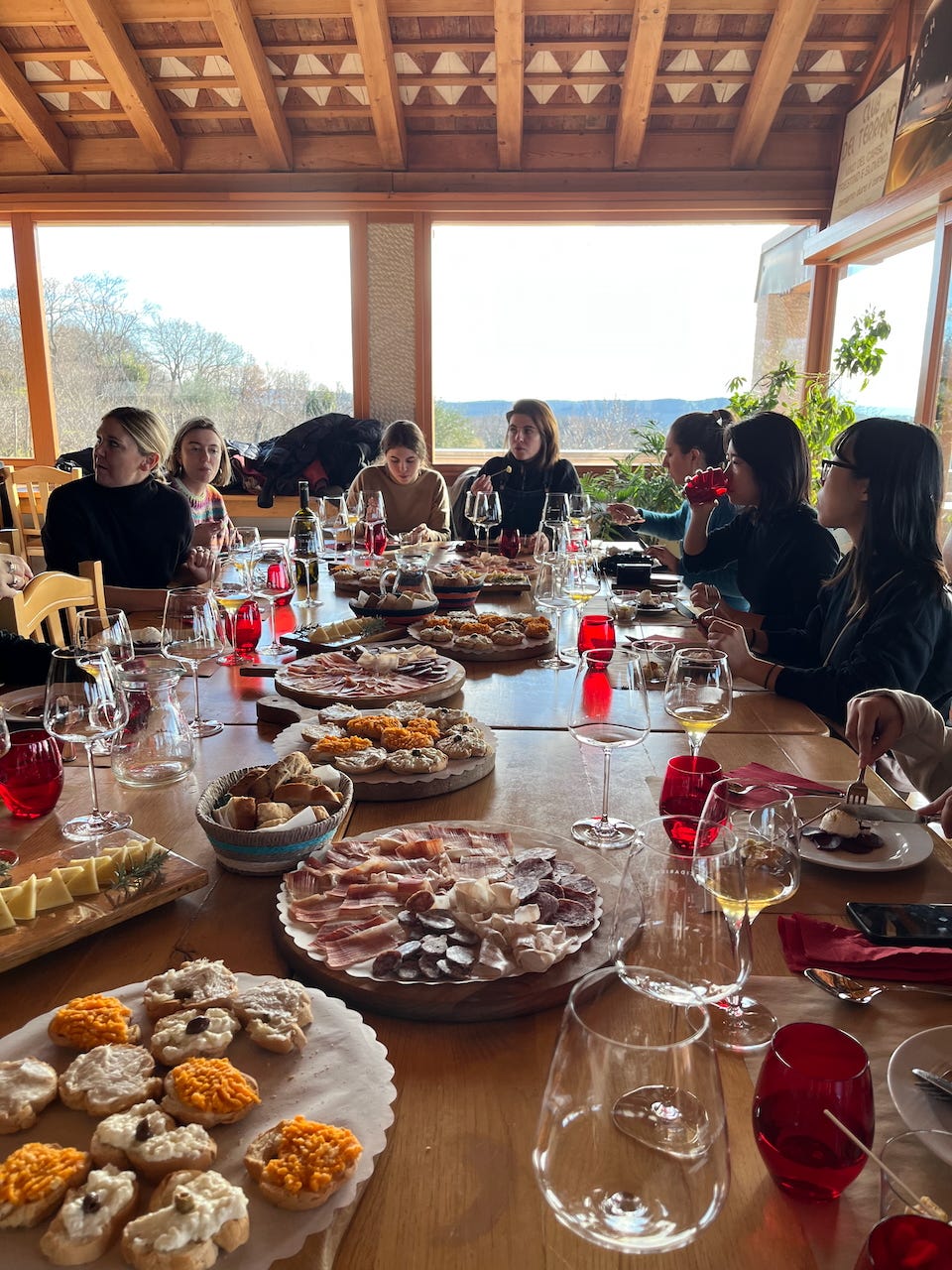
Hi Brian, Do you realize we have Karst formations in St. Louis, or at least in the area? We are up in North County where it is definitely a thing.
Ahhhh...what an experience!